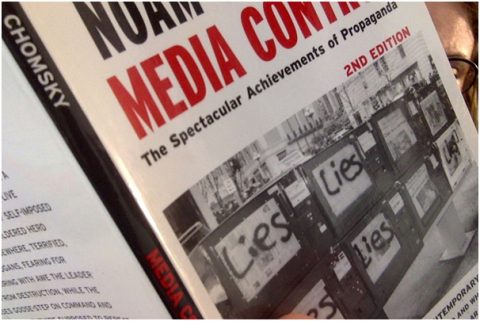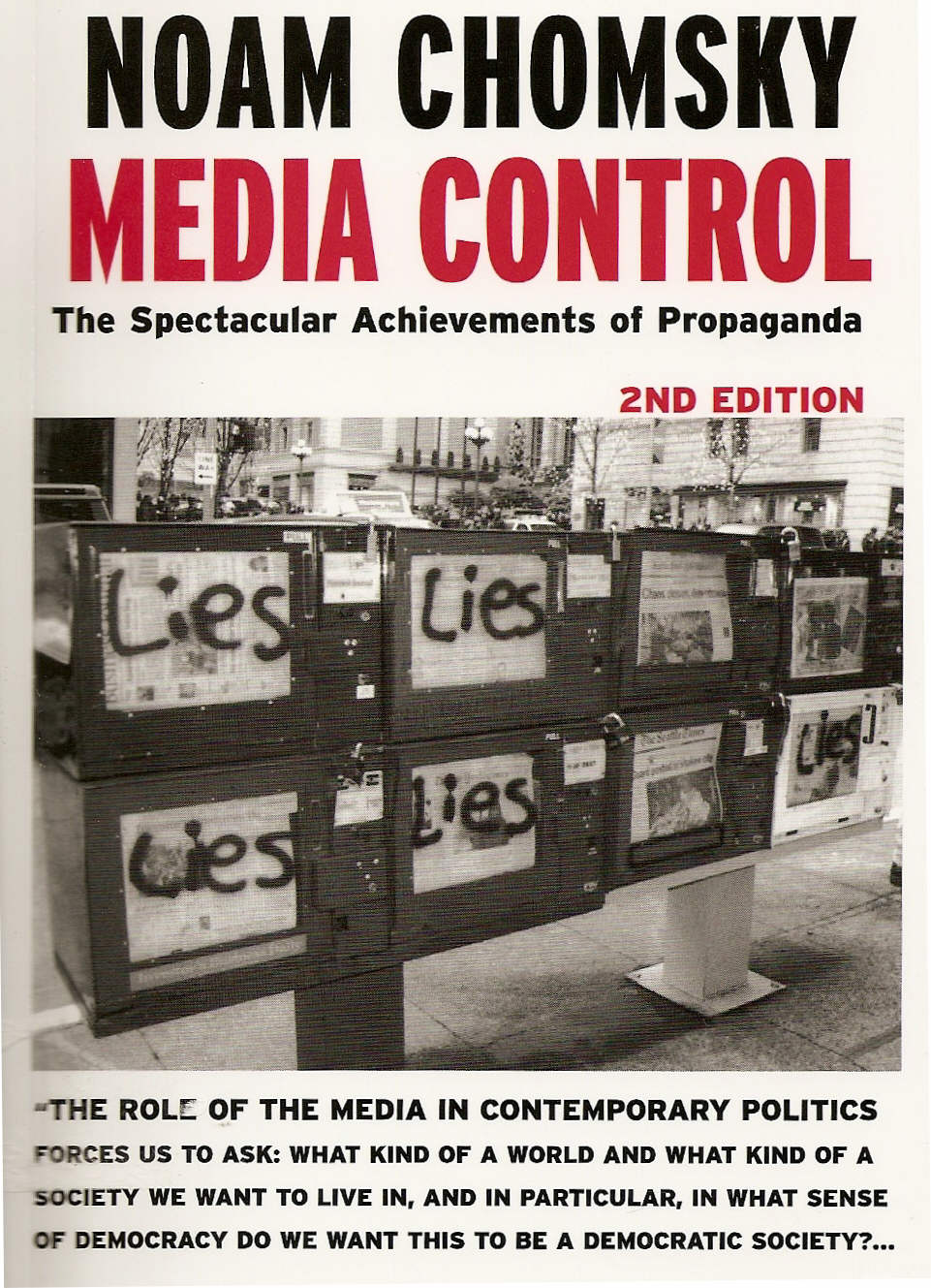

Its crucial value is that it diverts your attention from a question that does mean something: Do you support our policy?”Ĭhomsky wrote how the media holds such power to manipulate its audiences without them knowing it. Nobody knows what it means, because it doesn’t mean anything. You want to create a slogan that nobody’s going to be against, and everybody’s going to be for. That’s the whole point of good propaganda.

The issue was, Do you support our policy? But you don’t want people to think about that issue. They mean as much as whether you support the people in Iowa. “The point of public relations slogans like “Support our troops” is that they don’t mean anything. "Media Control" is more like a book of example on his concept in "Manufacturing Consent." There are some events that I didn't know the whole story, but this book successfully kept me up to the information. Media Control is an invaluable primer on the secret workings of disinformation in democratic societies.It has been written over a decade ago yet still not lost its significance. Chomsky further touches on how the modern public relations industry has been influenced by Walter Lippmann’s theory of "spectator democracy," in which the public is seen as a "bewildered herd" that needs to be directed, not empowered and how the public relations industry in the United States focuses on "controlling the public mind," and not on informing it. From an examination of how Woodrow Wilson’s Creel Commission "succeeded, within six months, in turning a pacifist population into a hysterical, war-mongering population," to Bush Sr.'s war on Iraq, Chomsky examines how the mass media and public relations industries have been used as propaganda to generate public support for going to war. According to Chomsky, "propaganda is to democracy as the bludgeon is to a totalitarian state," and the mass media is the primary vehicle for delivering propaganda in the United States.

Noam Chomsky’s backpocket classic on wartime propaganda and opinion control begins by asserting two models of democracy-one in which the public actively participates, and one in which the public is manipulated and controlled.


 0 kommentar(er)
0 kommentar(er)
